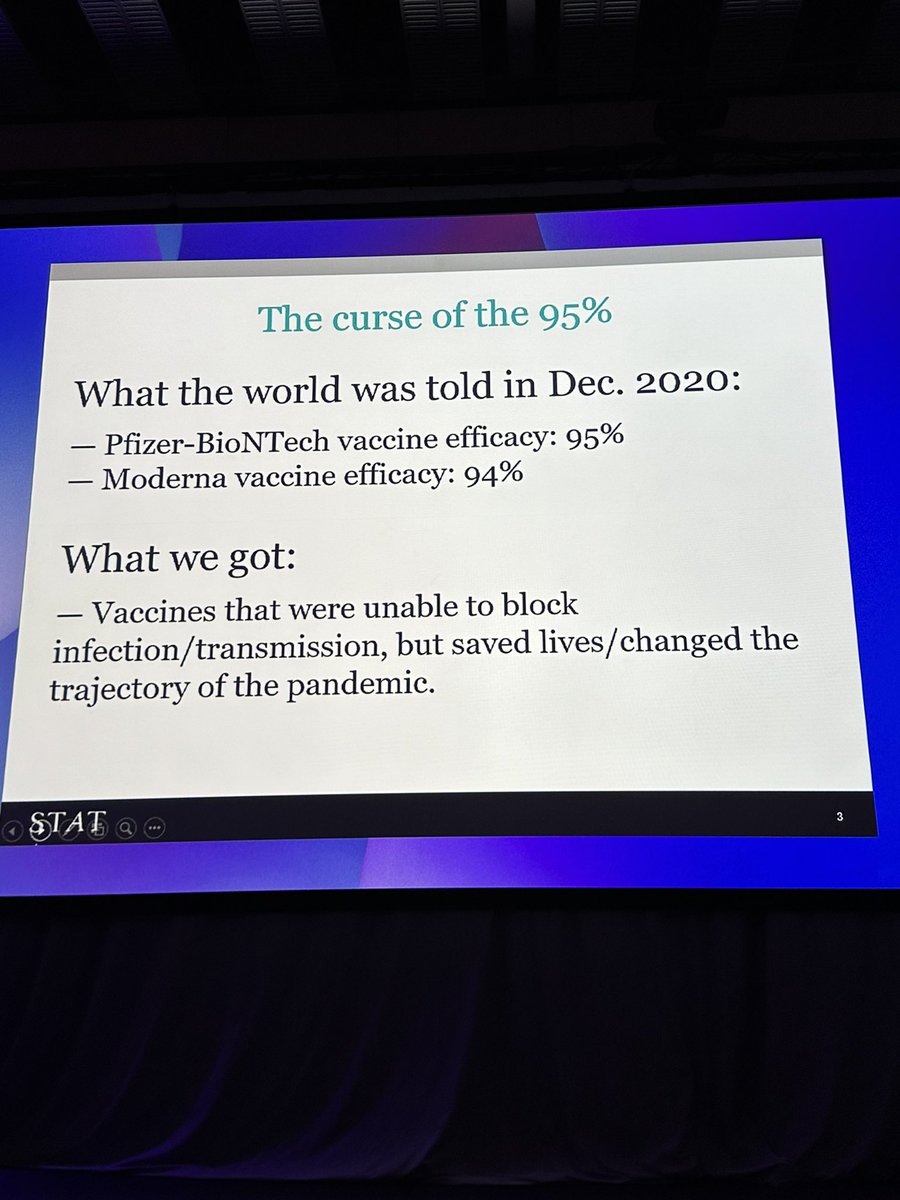
@kakape.bsky.social science journalist. molecular biologist. curious. writer at @sciencemagazine part of @pandemiapodcast, all things #blue
89 subscribers
How to get URL link on X (Twitter) App






 Many scientists realized that expectations for a vaccine that is injected into the arm to prevent a respiratory infection were too high, she says, but the public was not prepared for this…
Many scientists realized that expectations for a vaccine that is injected into the arm to prevent a respiratory infection were too high, she says, but the public was not prepared for this… 




 Two years ago my colleagues and I talked to Paul for a few polio episodes of our @pandemiapodcast.
Two years ago my colleagues and I talked to Paul for a few polio episodes of our @pandemiapodcast. 


 Of the last 5 cases, 4 were reported in Bata district.
Of the last 5 cases, 4 were reported in Bata district.https://twitter.com/kakape/status/162587813393621401613 March: two positive tests from Kié-Ntem province